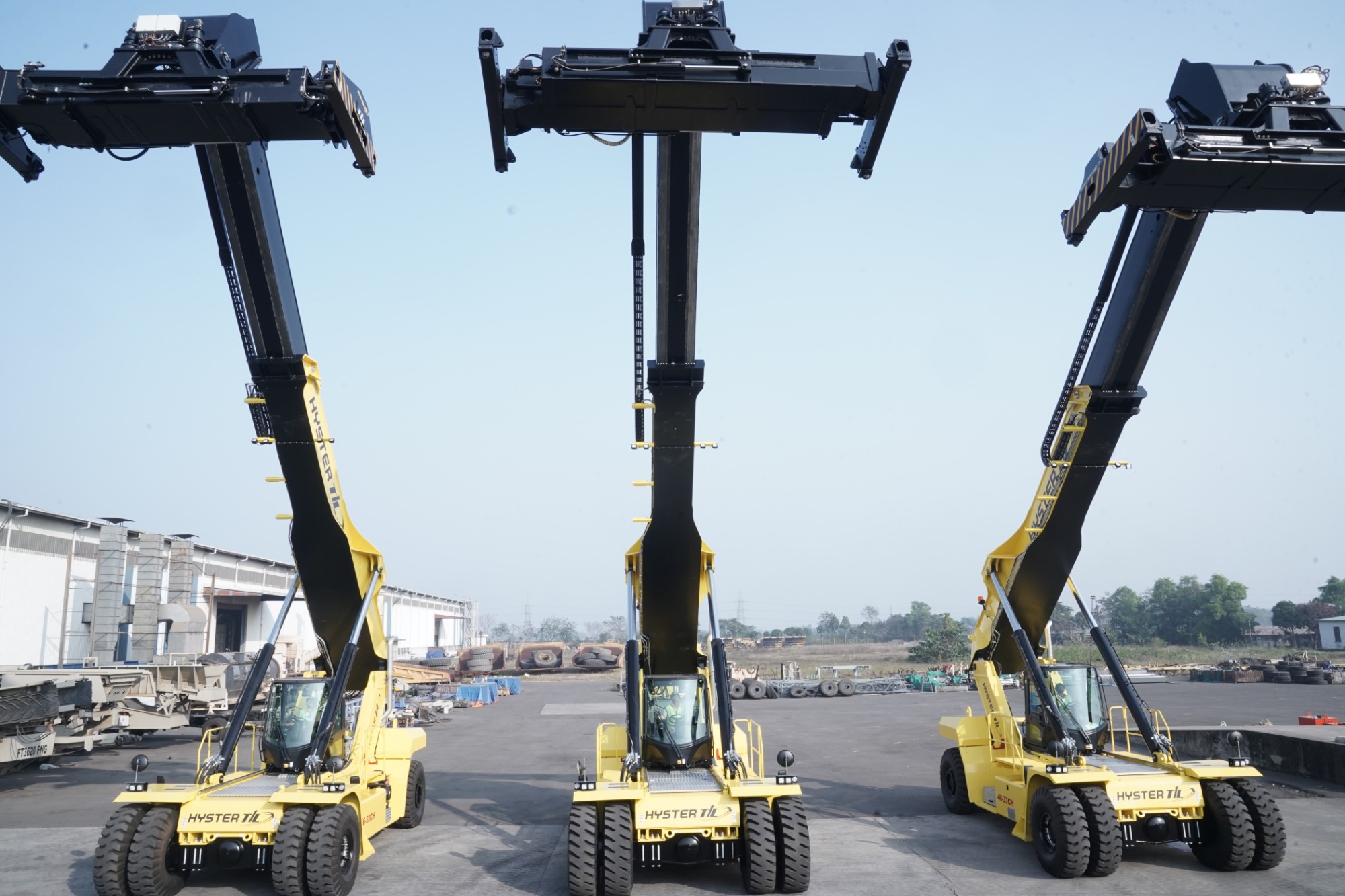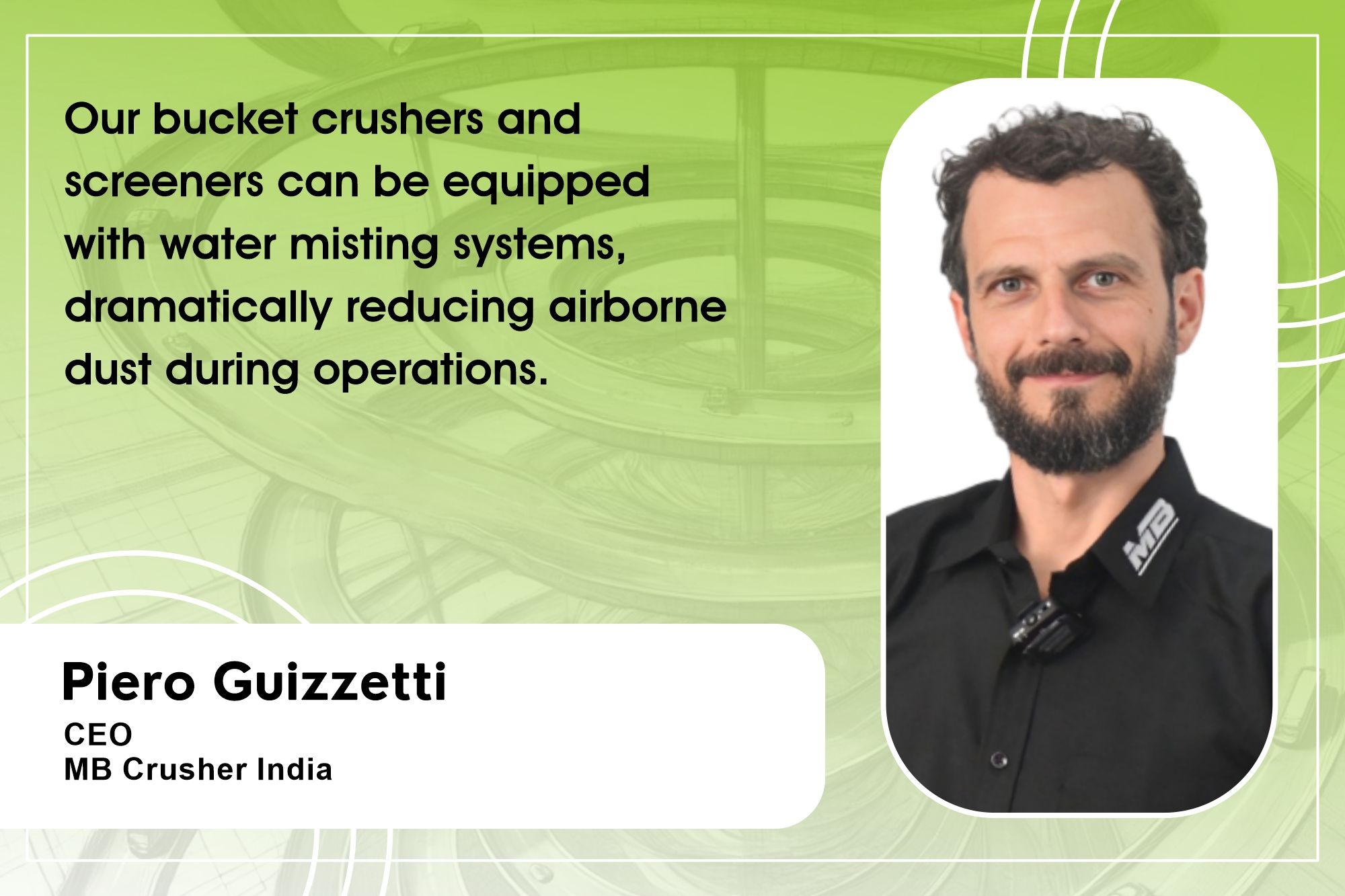KION India has no-contact material handling solutions
By Edit Team | July 10, 2020 9:29 am SHARE

Indian industry in near future will see the rise in no-contact material handling with enhanced safety features and it will make things easier for warehouses and factories says Sunil K Gupta, President, KION India having world class products through Linde, OM & Baoli brands.
Could you talk us about the progress of warehousing and logistics sector in India?
Indian logistics is currently valued at 160 billion US$ and it is expected to grow at 10.5 CAGR from 2019 to 2025. Covid-19 has disrupted the material handling, warehousing and logistics sector because of the nation-wide lockdown. However the industry is reviving rapidly and is going through a transformation; there will be advancements in digital technologies, consumer preferences would be changing due to e-commerce, government focus and it will lead to a change in the service and sourcing strategies, which is likely to take the Indian logistics ecosystem to the next level.
Talking about the logistics sector in India; it broadly comprises of the road transport sector (consisting of unorganized small businesses, trucking, fleets and large transport companies), the storage and warehousing sector and third-party logistics (3PL).Operational efficiency of logistics sector has in turn influenced the demand of MHE. On the other hand, setting up of a logistics division under the Department of Commerce, including various technology updates, and development of dedicated freight corridors and logistics parks are playing a vital role in upgradation of the logistics industry.
Beyond a certain size and space, material handling equipment are key to full utilization of warehousing spaces because it can’t be done by mere human intervention. In recent times, many start-ups in India have made their mark and this has happened due to the rise of E-commerce. Online platforms have also made a strong impact and increased competition by lowering freight costs with real-time data availability and a transparent value chain. To efficiently understand this, logistics service providers will have to adapt and innovate.
Could you shed some light on MHE segment gaining from the growing warehousing and logistics operations?
Indian warehouse is currently under transformation phase at a very rapid pace due to various demand drivers, some of them are listed below-
- E-Commerce: E-commerce is growing in India at very rapid pace & expected to touch US$ 200 billion by 2026 with the presence of all the major e-commerce giant in the market. These companies have catered to the markets for Pan-India and as such have developing big & smart warehouses.
- Organized Retail: The Indian retail industry has emerged as one of the most dynamic and fast-paced industries due to the entry of several new players. The organized retail market in India has seen a big increase with the growth coming in from Tier-2 and Tier -3 cities. These shopping marts needs big warehouses to cater to the huge number of items.
- Consumer Story: Due to the demographic dividend and the rise in the income of the middle class the country has seen rise of big brands and consumerism in all sectors, as such this has led to high inventory and SKUs for all players leading to big warehouses and complex supply chains.
- GST: Implementation of GST has also nudged companies to go for operational efficiency rather than tax efficiency by consolidate their smaller warehouses and create bigger ones to cater to a bigger region.
Make-In-India: With govt. trying its best to boost manufacturing, and developing new manufacturing hubs, typically these factories will have huge captive distribution centers which are fully automated.
Because of the above-mentioned reasons, we have seen that the supply chain has become more complex and require logistic efficiency; Further warehouses becomes very big and complex. India is likely to add 200 million Sq.ft of warehousing space in next 4-5 years, with adding mostly bigger warehouses.
All above factors are very positive for MHE, as efficient logistic and smart warehouses are the way to go need smart MHE solutions. The focus has also shifted to environment friendly products with push towards green and clean energy, future smart warehouses are likely to be based on non-pollutant energy efficient material handling equipment. Battery operated electric forklifts, lithium-ion pallet trucks, battery operated reach truck & order pickers are the main products which would be a part of the smart warehouses thus increasing the demand of material handling solutions.
What kind of challenges did you face due to Covid-19?
Since the 23rd of March, the entire nation had been on lockdown and is continuing with some relaxation. Due to the lockdown, restriction of transportation of essential goods, restriction on production of non-essential goods, shortage of fleet for movement owing to unavailability of drivers, closing of the economic hubs affected the entire supply chain, thus affecting the demand and deliveries of goods across industries.
The challenges faced were overall manufacturing slowdown, lower GDP growth, lower economic activities, thus impacting the material handling market. We started operations last month with all the safety and health guidelines issued by local authorities. With the start of economic activities, we are expecting that the market will come back to normal stage quite soon.
How optimistic are you about the MHE market post-lockdown?
We are optimistic about the “Vocal about Local’ campaign promoting local manufacturing. The essential items have seen a sharp rise in demand, but non-essentials are on low demand.
Entry level equipment demand is increasing; the warehousing equipment products such as electric pallet truck, electric stacker and electric forklifts would get a demand spark with contact-free material handling requirement and safe operations being focused. There would be a shift towards electric and battery products because awareness towards environment.
The companies which are into manufacturing and delivery of material handling solutions will have to come up with innovative solutions to fulfill the demand without increasing the cost and by safeguarding their workforce. It is crucial to have no-contact material handling equipment which are flexible, maintaining social distancing norms and can be installed easily at sites. We are offering solutions to manage labour shortage and contact-free material handling requirement.
How is KION India planning manufacturing, sales and after sales services post-lockdown?
KION India, being an un-disputed market leader in Indian MHE sector, are leaving no stone unturned when it comes to health and well-being of our employees. We are manufacturing at a steady pace depending upon the customer demand. Our sales and after sales team are working remotely to address customers requirement and help resolve service and parts requirements with all the safety and health norms as per prescribed guidelines. KION India offices are working across the country with respect to local administration’s guidelines. With our Multiband strategy, we are in best position to support the market with Linde, OM and Baoli brands with maintaining our market leadership.
What is your forecast for the market and how do you see MHE performing in the future?
The first half of 2020 has not gone according to the plan due to Covid-19. The market is reviving with the start of economic activities and movement in liquidity. There will be overall upgrade in the retail, logistics and warehousing segment which will create opportunities for material handling industry. In near future, we will see the rise in automated material handling equipment such as autonomous equipment as the organizations will understand the value of contact-free material handling with enhanced safety features. These are customized solution and are easy to install, they can be modified to suit one’s demand. KION India’s portfolio includes multi-brand customized solutions to cater all the customer requirement across all the segments.
Cookie Consent
We use cookies to personalize your experience. By continuing to visit this website you agree to our Terms & Conditions, Privacy Policy and Cookie Policy.



































-20240213125207.png)

























